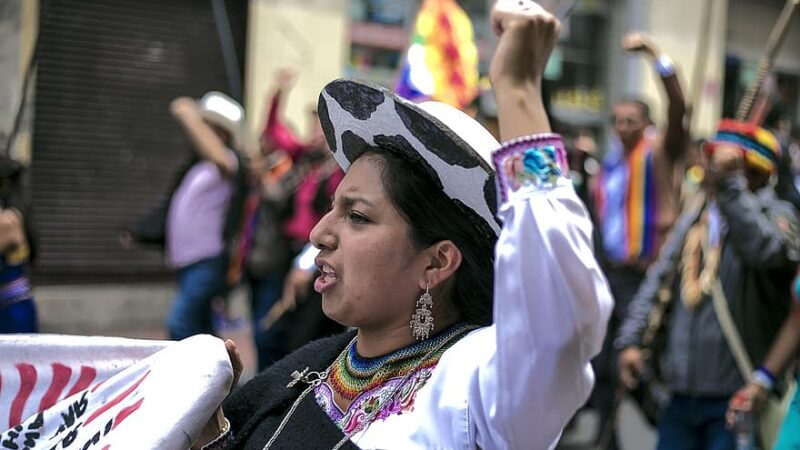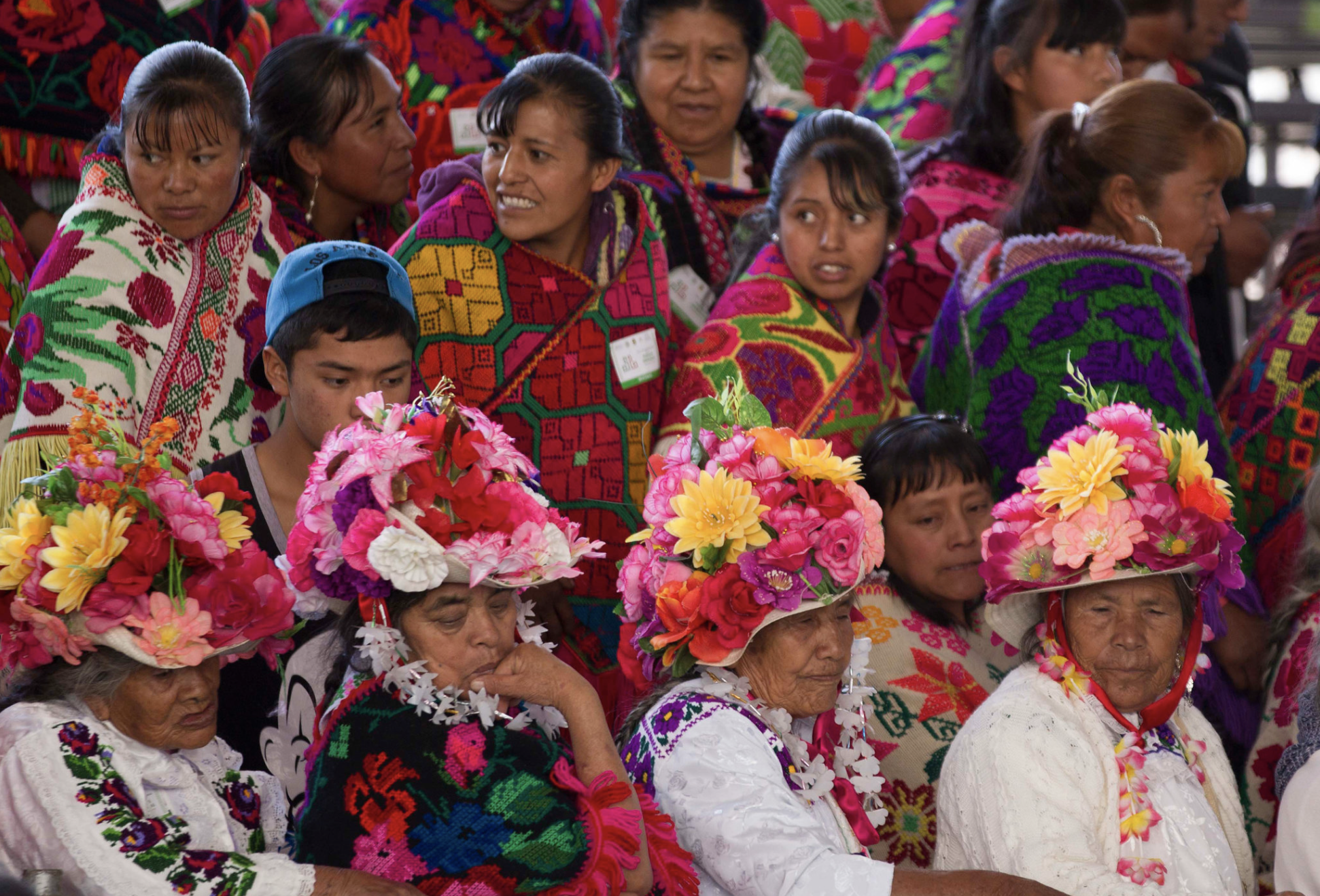More Than 2,300 Languages in the World Risk Disappearing
More Than 2,300 Languages in the World Risk Disappearing
Many of the languages spoken around the world are at risk of disappearing in the next few years. What can we do to preserve endangered languages?
Imagine waking up tomorrow and discovering that only less than ten people besides you still speak your language. As incredible as it may appear, this is the situation for the speakers of around 200 endangered languages in the world[1].
Even if more than 6,000 different languages exist worldwide, their number is rapidly decreasing. And a lot may disappear in the next years. Globalization, increasing mobility and communication, urbanization and social changes are all responsible for this trend. Knowing that should push to an affirmative action for the preservation of endangered languages, before it is too late.
“Their fate cannot be left to chance”
According to UNESCO, the UN body for Education, Culture and Science, around 43% of existing languages, or 2343 idioms, are now at risk of disappearing, while 228 have died out since 1950[2].
If we had to make a list with the most concerned countries, India (197 languages at risk) would be the first, followed by the United States of America (191) and Brazil (190), but also China, Indonesia and Mexico, with approximately 140 endangered languages each. The majority of endangered languages in the world are indigenous languages.
A myth circulated for a while, about the last two native speakers of Ayapaneco, an endangered Mexican language. People claimed that the two had stopped talking to each other after an argument, thus letting their ancient language die for a simple discussion. Despite this being a fake story (there are actually more speakers and no argument)[3], it reminds us that the fate of endangered languages cannot be left to chance.
States and communities should activate to preserve the inestimably rich heritage of languages – and along with them, cultures. There are many ways of doing that. Encouraging the creation of books, movies, radio programs and other cultural products in endangered languages, teaching them at school, recognizing them as official minority languages for signals and public documents, but also preserving small communities and targeting racism, are all good methods.
Language policies are entangled in power relations. Historically, language policies have been part of the ‘toolkit’ of colonization, and of governance more in general. Since a minority’s language constitutes its voice, repressive policies towards specific ethnic groups have always gone hand in hand with a prohibition of using the group’s language in public, in the education system, and even in private life and for people’s personal names. On the contrary, inclusive language policies are usually a sign that levels of tension between communities are quite low, or that human rights are being better respected.
Sources
Curious facts about languages [Italian]







